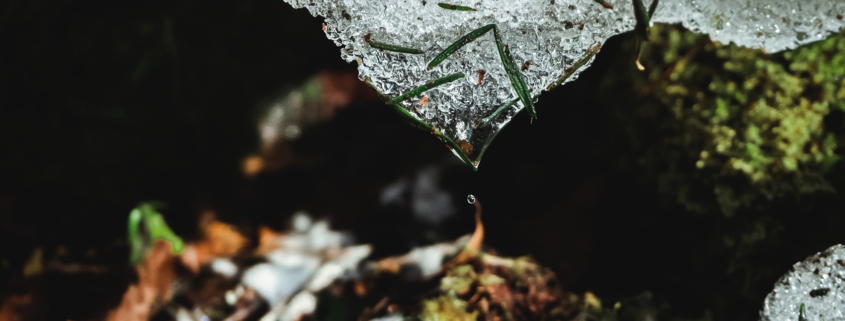Spring Is In the Air – Prepare Your Property for Spring Melt!
After a tough late winter – oh-so-cold! – spring is officially in the air! Just be sure you’re prepared for the spring melt!
Whilst we all welcome spring, particularly after a horribly cold February, the change of season can pose some hazards, however. Spring melt primary among them – be sure you’re prepared and that your home and property is protected.
As we anticipate and enjoy the gradual increase in temperatures, further and further from freezing, over the coming weeks, it’s vital to ensure that this pleasant turn doesn’t cause damage to our homes.
According to Don Thompson, Chief Operating Officer for SGI Canada,
“There’s a lot you can do to make sure that when the snow melts, water makes its way to the drain and not into your home. A little time spent now could save you a big headache as the weather warms up. This much snow so late in the season could result in a very fast melt.”
To protect the safety and integrity of your home and property during the spring melt, particularly if you’ve been the recipient of ample snow, requires some keen observation, just a little planning, and a few proactive measures. Here are a few easy tips to help you take the appropriate preventative steps to better assure the health and safety of your home:
- Inspect the entire property as soon as possible. Inspect your home’s surroundings – foundation and basement, decks and patios, sidewalks, and driveways. Ensure that they are able to resist water and, as best you can, water can be directed away from dwellings and buildings.
- Tidy and clean up around your home as early as you can.
- Inspect downspouts and eaves. Be sure that all downspouts extend away from structures and walls so that water drains safely away from your home and into your yard.
- Do you have a sump pump? Be sure that it’s functioning properly. If it’s working as it should, your sump pump will prevent flooding in your home. You might want to consider adding back-up battery power to ensure that it continues to do its job even in the event of any electrical outages. If you tend to get heavy snowfall and don’t have a sump pump, you might want to think about getting one.
- Backflow valves will close automatically to prevent water and sewage from overflowing into your home in the event of a sewer backup. A great preventative solution, backflow valves are installed on your basement sewer connections such as toilets and drains.
- If there is damage, don’t throw anything out! Keep any damaged items in a safe place until the adjuster can assess them. If any belongings are wet and/or damaged due to flooding, move them to a dry area with good ventilation.
- When you have a furnace or other appliance that has come into contact with water, before you use it, be sure to have it checked for damage and safety by a qualified dealer, technician, or service person.
- If moisture, water, or sewage has overflowed into your home, don’t touch any electrical panels or systems until you know it’s safe.
Be sure that you record any cleaning or repair expenses as you’ll need to include them in an insurance claim. For extra protection, we encourage our customers to take pictures or video of damages to provide to the insurance adjuster.
Yes, your home insurance is designed to cover you in the event of damage to your home during a spring melt. But, it’s terribly inconvenient to incur damage due to water and other possible flooding. Spare yourself the headache – be proactive! Take even a few precautions to ensure your home is prepared for a dramatic change of seasons.
Do you have questions about your home insurance and exactly what’s covered? Talk to us!



